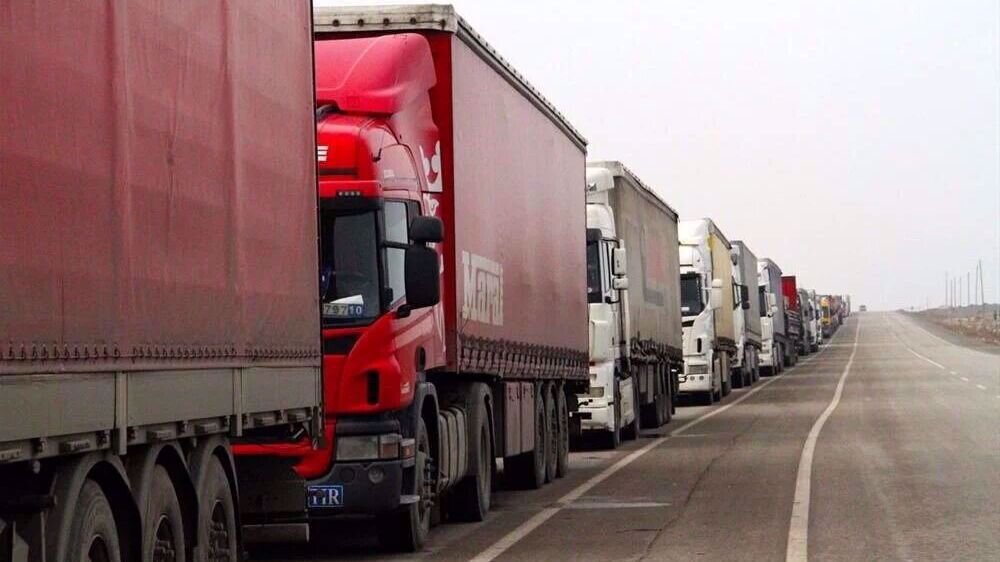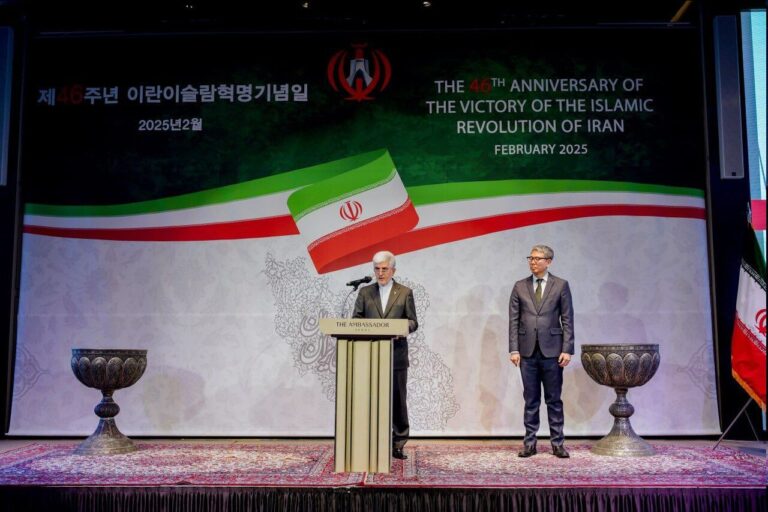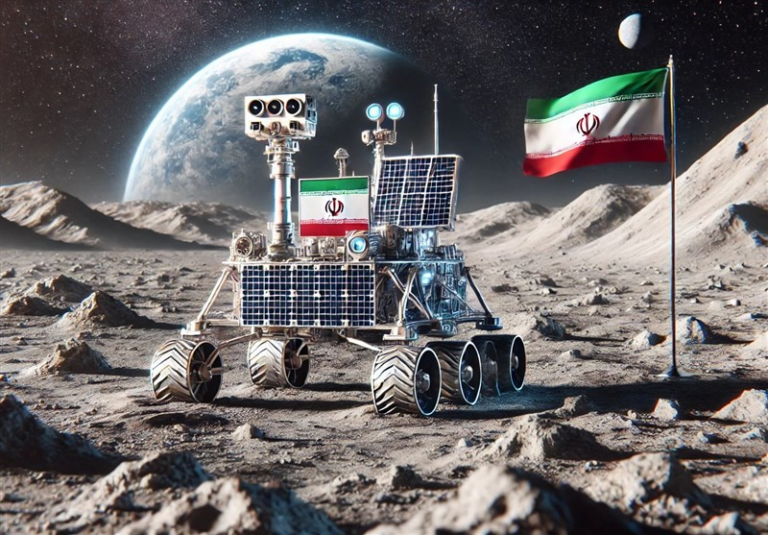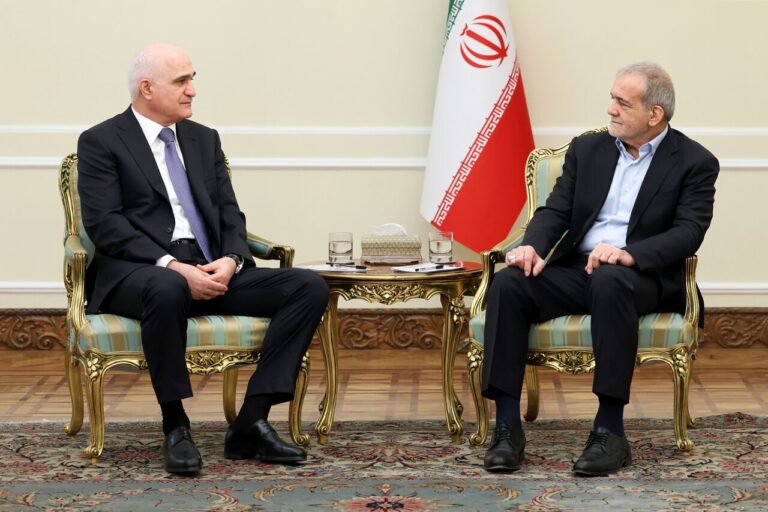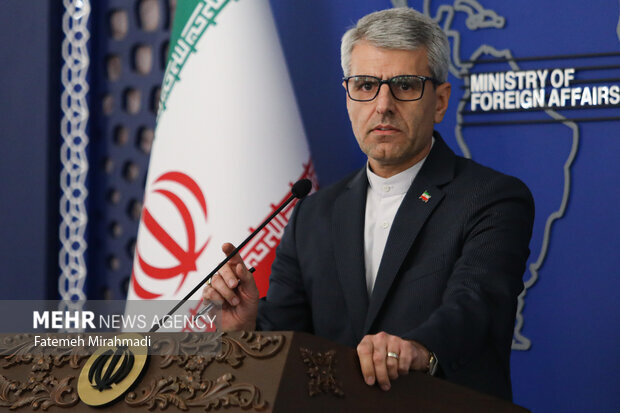Iran’s Trade Surge: Over 12 Million Tons of Goods Imported and Exported in Just 10 Months!
The latest data from the International Transport and Transit Office, part of Iran’s Ministry of Roads and Urban Development, highlights significant strides in the country’s trade activities. According to Director General Javad Hedayati, a remarkable total of 12,367,117 tons of non-oil products were managed through Iran’s border terminals during the first ten months of the current Iranian calendar year, which spans from March 21, 2024 to January 20, 2025.
Hedayati emphasized that this period saw over 10 million tons of products exported from Iran. Additionally, the country imported more than 2 million tons of various goods. This significant trade activity reflects a strong performance in the logistics and transportation sector.
Key insights from the report include:
- Total Non-Oil Trade: 12,367,117 tons of non-oil products exported and imported.
- Export Figures: Over 10 million tons of products were exported from Iran.
- Import Statistics: More than 2 million tons of products were imported into the country.
- Growth Rate: A 20 percent increase in the total products imported, exported, and transited compared to the previous year.
Hedayati’s remarks underscore a positive trend in Iran’s international trade, suggesting that the country’s border terminals are becoming increasingly efficient in managing both exports and imports. This growth is particularly significant as it comes at a time when global trade dynamics are shifting, and countries are looking to enhance their logistical capabilities.
The report also indicates a strategic emphasis on improving transport infrastructure, which is crucial for sustaining this growth trajectory. This is aligned with the government’s broader economic goals, which aim to bolster Iran’s position in the regional and global markets.
In summary, the data presented by the International Transport and Transit Office highlights a robust performance in Iran’s trade sector, showcasing a notable growth in both exports and imports. The government’s efforts to enhance transportation and logistics capabilities appear to be yielding positive results, contributing to the nation’s economic resilience.
For further details, Javad Hedayati’s statements provide a comprehensive overview of the situation, reflecting optimism for the future of Iran’s trade activities.
As the Iranian calendar year progresses, stakeholders in the trade and transport sectors will be closely monitoring these trends, looking for opportunities to capitalize on this growth and potentially expand their operations.
In conclusion, the growth in non-oil exports and imports through Iran’s border terminals is a clear indicator of the country’s improving trade landscape. With continued investment in transport infrastructure and strategic initiatives, Iran is poised to strengthen its economic ties both regionally and globally.
